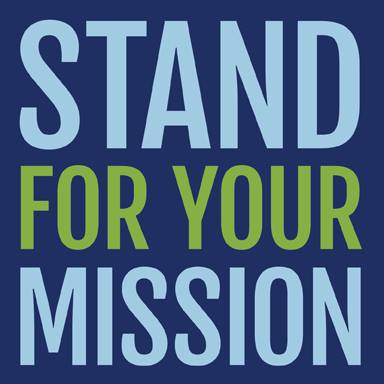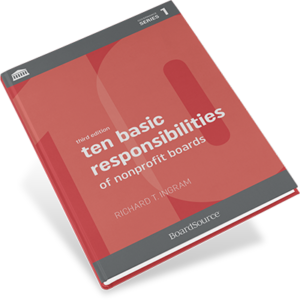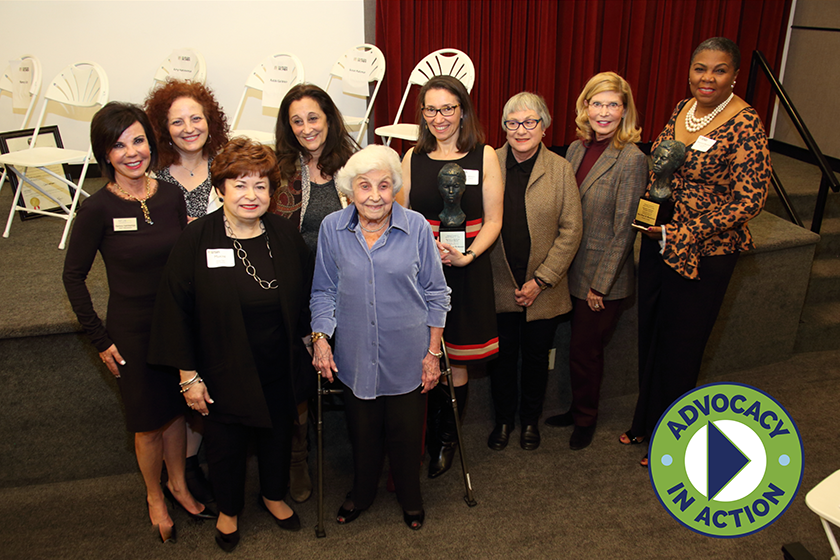Advocacy in Action: Hillsides
As the 1990s came to a close, it became clear to Hillsides' board and executive leadership that to truly address the root causes of child abuse and nurture the development of permanent, loving families, they must effect systemic changes. At the time, promising new models for prevention, early intervention, and treatment were coming to fruition, yet many service providers were constricted by years of government funding cuts combined with a significant increase in the need for services. The organization found that while well-intentioned, lawmakers were often ill-informed about the needs and concerns of vulnerable youth and families as well as the realities on the ground for the organizations that serve them. Similarly, public attitudes about mental health and foster care were frequently clouded by misconceptions and stigma. Hillsides developed a Strategic Advocacy Plan to change this dynamic. Through advocacy, Hillsides seeks to educate the general public, engage stakeholders, and influence policy in order to heal children, strengthen families, and transform communities. Through their efforts, seven bills were signed into law expanding access to mental health care and higher education for foster youth and an increased housing pool for families and youth transitioning from foster care to adulthood.








